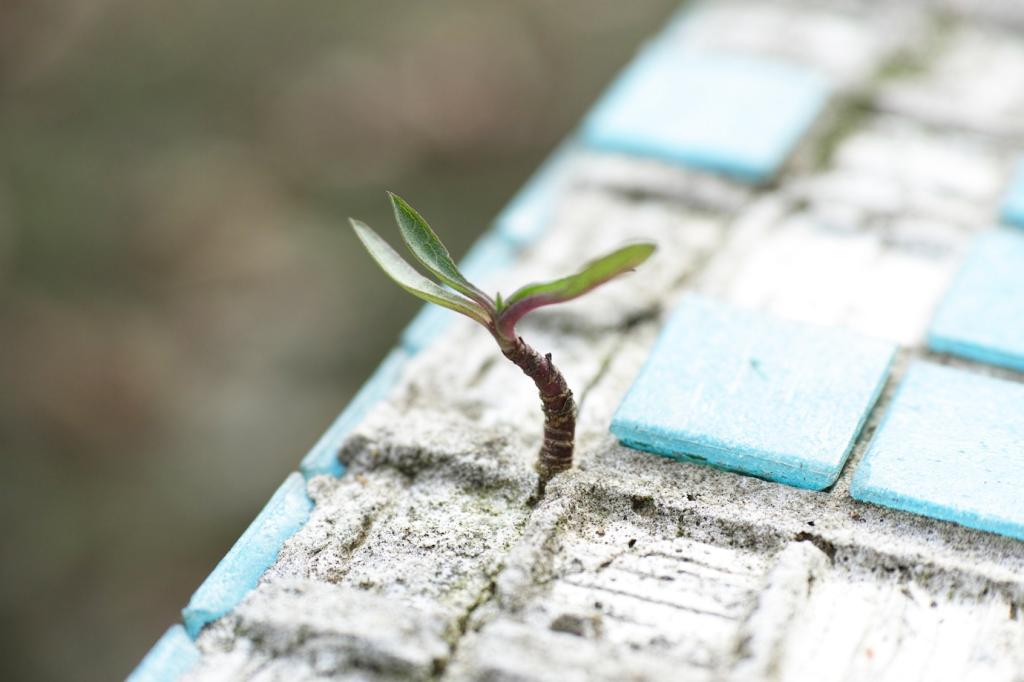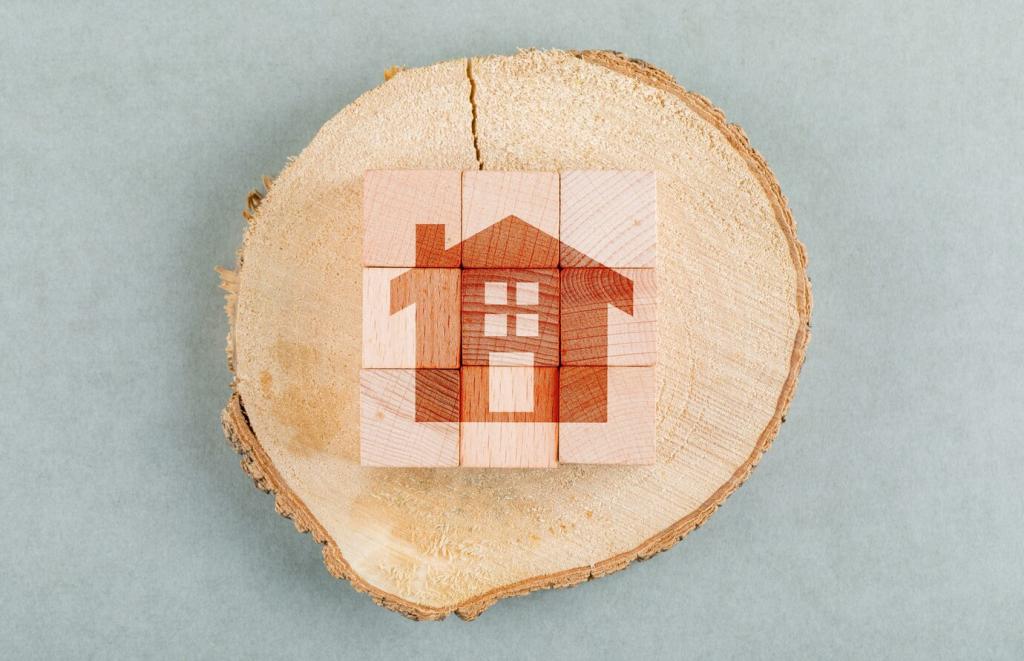Sourcing and Certification You Can Trust
Favor FSC or PEFC certifications and request chain-of-custody documentation when possible. For reclaimed stock, document origin, prior finishes, and treatments. Add your trusted yards and salvage sources below to help the community find reliable, transparent material streams.
Sourcing and Certification You Can Trust
Look for credible standards like Green Seal, EU Ecolabel, or independent VOC testing. Products should disclose solvents, binders, and cure profiles. Subscribe to receive our quick-reference sheet mapping common finish names to actual emissions and safety data.





